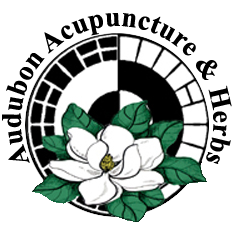Acupuncture Can Help Treat Migraines
Acupuncture can help treat migraines. This was discovered after a comparative study was done with conventional medical care. In some cases, it even prevents it from happening which helps improve the quality of life for the patient.
To understand how acupuncture helps migraine sufferers, you have to understand that in traditional Chinese medicine, it is believed that an imbalance in the flow of blood and energy causes this to happen.
In order to treat it, the specialist must relieve the tension by inserting needles into the body to improve the blood flow to the brain thus reducing the pain experienced during an attack.
The needles used helps the body balance the serotonin levels since it is a neurotransmitter that affects blood vessels and has a role to play in migraines. In fact the more frequent these sessions are the better. It may even come to a point where the specific point of contact is no longer needed but the general stimulation itself.
The end result of undergoing acupuncture is amazing. If you experience 15 to 20 days of agonizing pain, this may be count down to only 8 days. You won’t even need to use that much medication anymore as before.
For those who are working, this is good so that they are not absent from work that much and there won’t be that much deductions in their salary.
But how well acupuncture does for one patient may vary with another. This depends on the condition of the attack and the individual.
The best part about acupuncture is that there are no side effects and it is painless. Skillful professionals can do this so you don’t suffer from hematoma or pneumothorax. Another disease is potentially dangerous is HIV or hepatitis which can be prevented of course as long as the needles used are properly sterilized. It will be much better if the person uses disposable needles.
Acupuncture has been practiced in the United States for more than 2 decades. Although tests have shown how effective it can be to treat chronic conditions and certain addictions, more studies need to be done to see where else it can be useful.
Although one test has proven that acupuncture can help migraines, other tests will also have to be done to prove if this is true. Until such time that other results are published, patients will have to rely on conventional medicine that is prescribed by a doctor.
But you don’t have to wait for the results to come out. If you think it is worth a try, go for it. Just ask for a referral from your doctor as there are many practitioners who have accepted the fact that alternative forms of medicine can also help a patient.
You can also find someone online. You can be sure they are certified if they are recognized by the National Certification Commission for Acupuncture and Oriental Medicine.
Aside from that, you should also make some lifestyle changes as there are trigger factors that have been known to cause migraines. Stress is number one on the list so you get enough rest and exercise as well as a balanced diet.
Patients who are suffering from migraine should also check if acupuncture is covered by their HMO. Most insurance providers and HMO’s these days cover all or part of the cost but there are restrictions so you should check what is covered by your policy.

Recent Comments